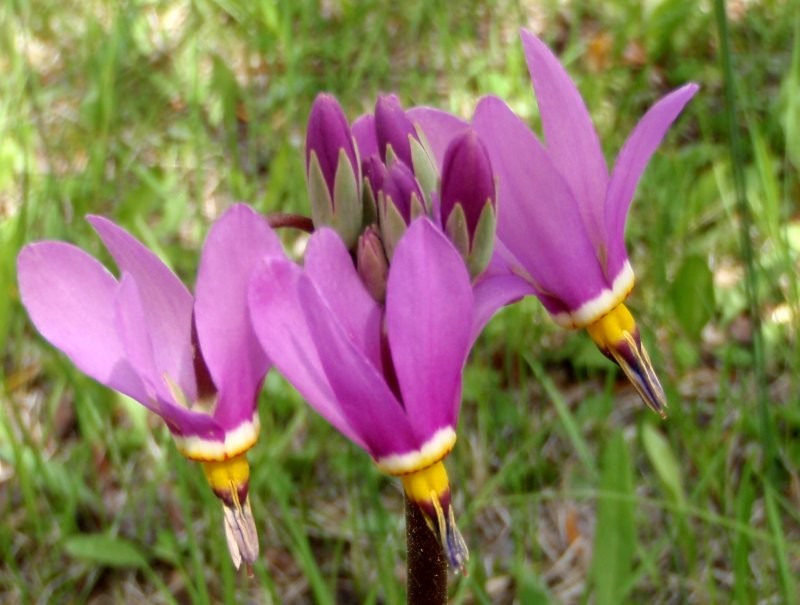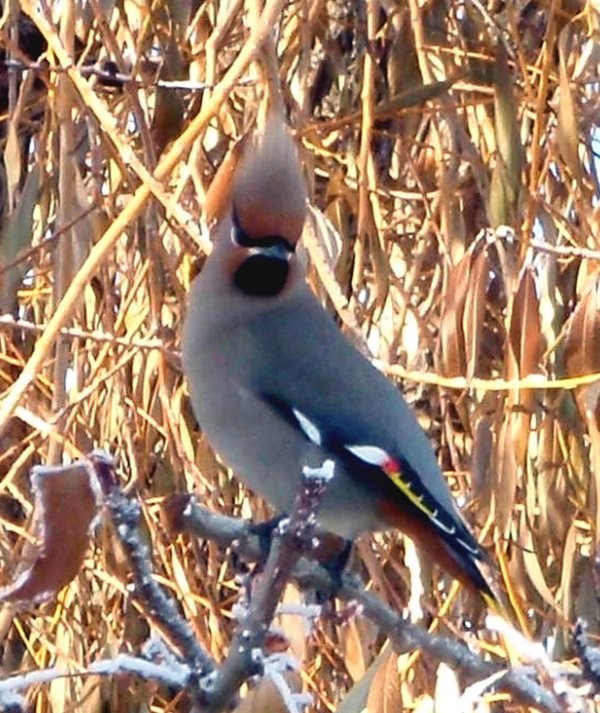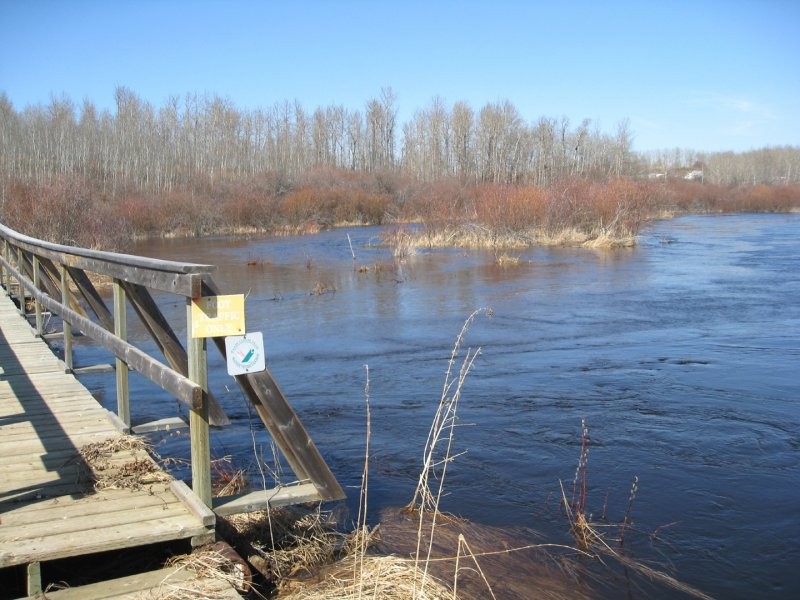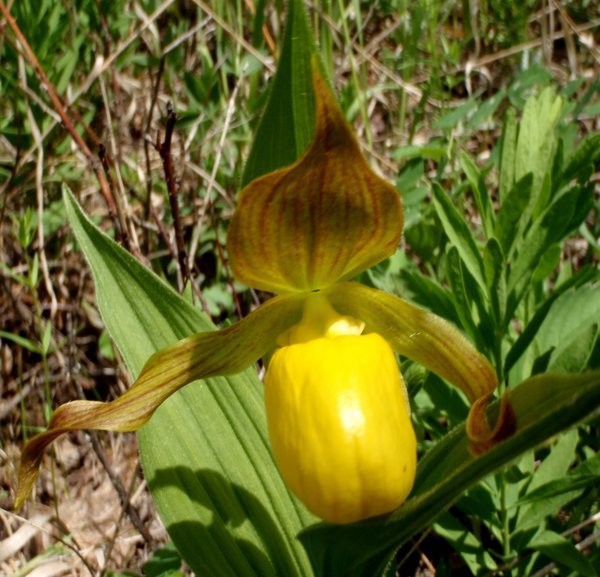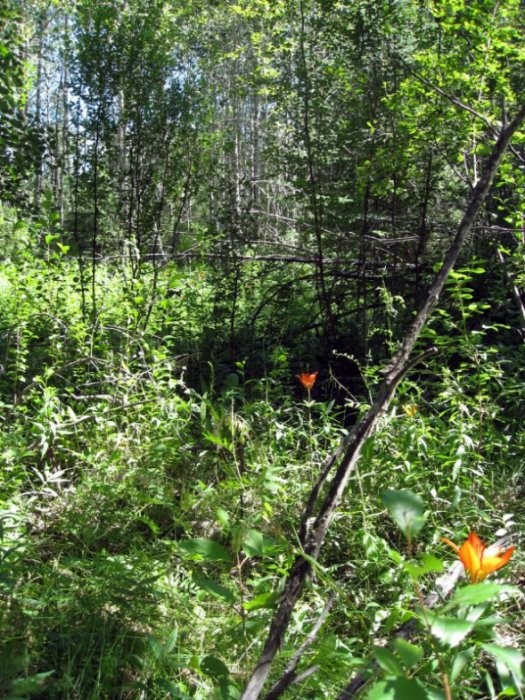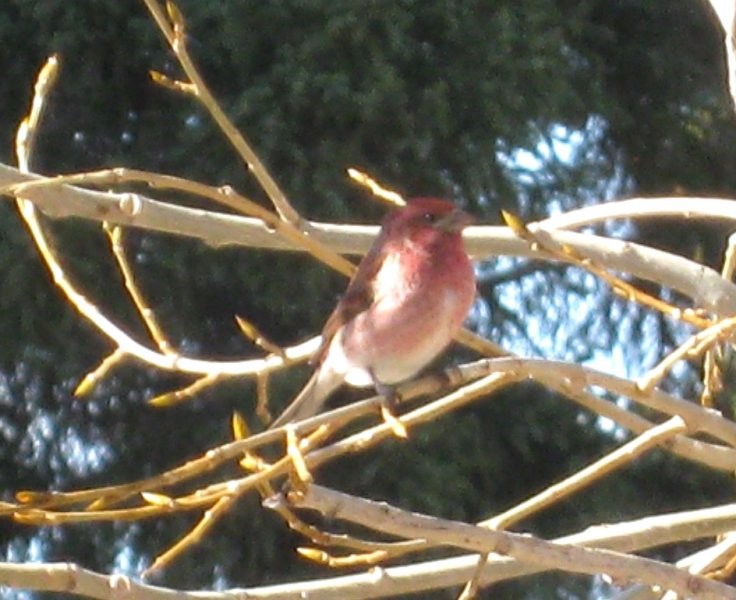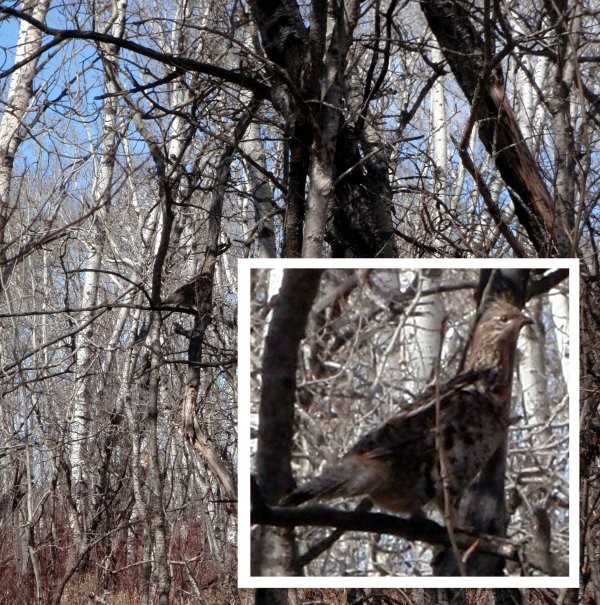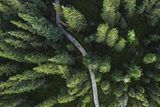Central - St. Walburg
Public Trails
Add to Suitcase
St. Walburg, Edam, Paradise Hill, Turtleford, Mervin, Vawn, Meota, Glaslyn, Frenchman Butte, Livelong, Bright Sand Lake Regional Park.
Latitude: 53.63251° N,
Longitude: -109.1992° W
Longitude: -109.1992° W
The Prairie to Pine Corridor of the Saskatchewan Birding Trail encompasses several communities in northwest Saskatchewan, including St. Walburg, Paradise Hill, Turtleford, Mervin, Edam, Vawn, Meota, Glaslyn, Turtle Lake, Livelong and Spruce Lake, as well as Bright Sand Lake Regional Park. It is not a continuous trail but rather a series of "Birding Hot Spots" indicated by a sign with the Prairie to Pine logo at convenient parking spots. The corridor features a variety of habitats - conservation areas, natural wetlands, forests, grasslands, parkland, hills, riverbanks and sloughs - that attract large flocks of birds every year. The area is also home to several key migration spots that are used by a variety of bird species.
About 256 bird species have been spotted in the St. Walburg area. This region is filled with pristine freshwater lakes and rivers, large sloughs and deep outwash valleys. Six short walking tours have been developed specifically for bird watching, and during your journey, you may encounter whooping cranes, owls, orange-crowned warblers, ruby-throated hummingbirds, Caspian terns, yellow warblers, woodpeckers, Forster's terns and yellow-rumped warblers. Birdwatching checklists and brochures are available through the town hall and at times in the tourist information racks located on the campground building.
Paradise Hill is the site of meadows, boreal forests, wetlands and aspen woodlands that provide birdwatchers with a variety of habitats to experience an abundance of bird species. Great blue herons, rails, vultures, hawks, eagles, thrushes and white pileated woodpeckers are just some of the species you'll see in this area.
The Turtleford area, depending on the season, is a great place to watch great blue herons, cormorants, owls, songbirds and various raptor birds.
Mervin is a popular spot for veerys, yellowthroats, thrushes, saw-whet owls, robins, warblers, eagles, osprey and marsh wrens. Be sure to visit this area in May and Oct as the region will be overcome with flocks of migrating swans and geese.
Some of the bird species that favour the Edam and Vawn regions include: golden eagles, mountain bluebirds, Swainson's hawks, thrushes, western kingbirds, great horned owls, grebes, warblers, coots, great blue herons and nesting ducks. Be sure to ask for permission to visit Russell Lake which is a popular site for seeing gulls, godwits, immature pelicans, willets, avocets and sometimes even a piping plover.
The Meota area offers several migration staging locations that are popular sites for great blue herons, snowy egrets, black crowned night herons, bitterns, white pelicans, sandhill cranes, soro rails and cormorants.
The Turtle Lake and Livelong area is home to over 250 bird species and is a popular breeding location for 150 species, including 13 types of warblers. Some of the other species that call this region home are western grebes, great blue herons, forster's terns, ospreys, bald eagles, red-necked grebes, Franklin's gulls, broad-winged hawks, great grey owls, rails, grosbeaks and orioles. Few services are available in the Livelong area, so be sure to bring plenty of water, food and supplies and fill your gas tank whenever possible.
Spruce Lake is a small lake that attracts approximately 116 different species of birds, particularly marsh and shorebirds. Forster's terns, Bonaparte's gulls, cranes, bitterns, white-winged scoters, avocets, buffleheads, mergansers and rails are commonly found in this area. Please note that land beyond the lake is privately owned, so permission may be required to enter these areas.
Finally, just 28 km east of St. Walburg, the well-forested Bright Sand Lake Regional Park is an ideal habitat for whooping cranes, humming birds and various other species. It is also the perfect spot for birdwatchers as it has beautifully maintained trails that run throughout the park.
About 256 bird species have been spotted in the St. Walburg area. This region is filled with pristine freshwater lakes and rivers, large sloughs and deep outwash valleys. Six short walking tours have been developed specifically for bird watching, and during your journey, you may encounter whooping cranes, owls, orange-crowned warblers, ruby-throated hummingbirds, Caspian terns, yellow warblers, woodpeckers, Forster's terns and yellow-rumped warblers. Birdwatching checklists and brochures are available through the town hall and at times in the tourist information racks located on the campground building.
Paradise Hill is the site of meadows, boreal forests, wetlands and aspen woodlands that provide birdwatchers with a variety of habitats to experience an abundance of bird species. Great blue herons, rails, vultures, hawks, eagles, thrushes and white pileated woodpeckers are just some of the species you'll see in this area.
The Turtleford area, depending on the season, is a great place to watch great blue herons, cormorants, owls, songbirds and various raptor birds.
Mervin is a popular spot for veerys, yellowthroats, thrushes, saw-whet owls, robins, warblers, eagles, osprey and marsh wrens. Be sure to visit this area in May and Oct as the region will be overcome with flocks of migrating swans and geese.
Some of the bird species that favour the Edam and Vawn regions include: golden eagles, mountain bluebirds, Swainson's hawks, thrushes, western kingbirds, great horned owls, grebes, warblers, coots, great blue herons and nesting ducks. Be sure to ask for permission to visit Russell Lake which is a popular site for seeing gulls, godwits, immature pelicans, willets, avocets and sometimes even a piping plover.
The Meota area offers several migration staging locations that are popular sites for great blue herons, snowy egrets, black crowned night herons, bitterns, white pelicans, sandhill cranes, soro rails and cormorants.
The Turtle Lake and Livelong area is home to over 250 bird species and is a popular breeding location for 150 species, including 13 types of warblers. Some of the other species that call this region home are western grebes, great blue herons, forster's terns, ospreys, bald eagles, red-necked grebes, Franklin's gulls, broad-winged hawks, great grey owls, rails, grosbeaks and orioles. Few services are available in the Livelong area, so be sure to bring plenty of water, food and supplies and fill your gas tank whenever possible.
Spruce Lake is a small lake that attracts approximately 116 different species of birds, particularly marsh and shorebirds. Forster's terns, Bonaparte's gulls, cranes, bitterns, white-winged scoters, avocets, buffleheads, mergansers and rails are commonly found in this area. Please note that land beyond the lake is privately owned, so permission may be required to enter these areas.
Finally, just 28 km east of St. Walburg, the well-forested Bright Sand Lake Regional Park is an ideal habitat for whooping cranes, humming birds and various other species. It is also the perfect spot for birdwatchers as it has beautifully maintained trails that run throughout the park.
Central - St. Walburg
